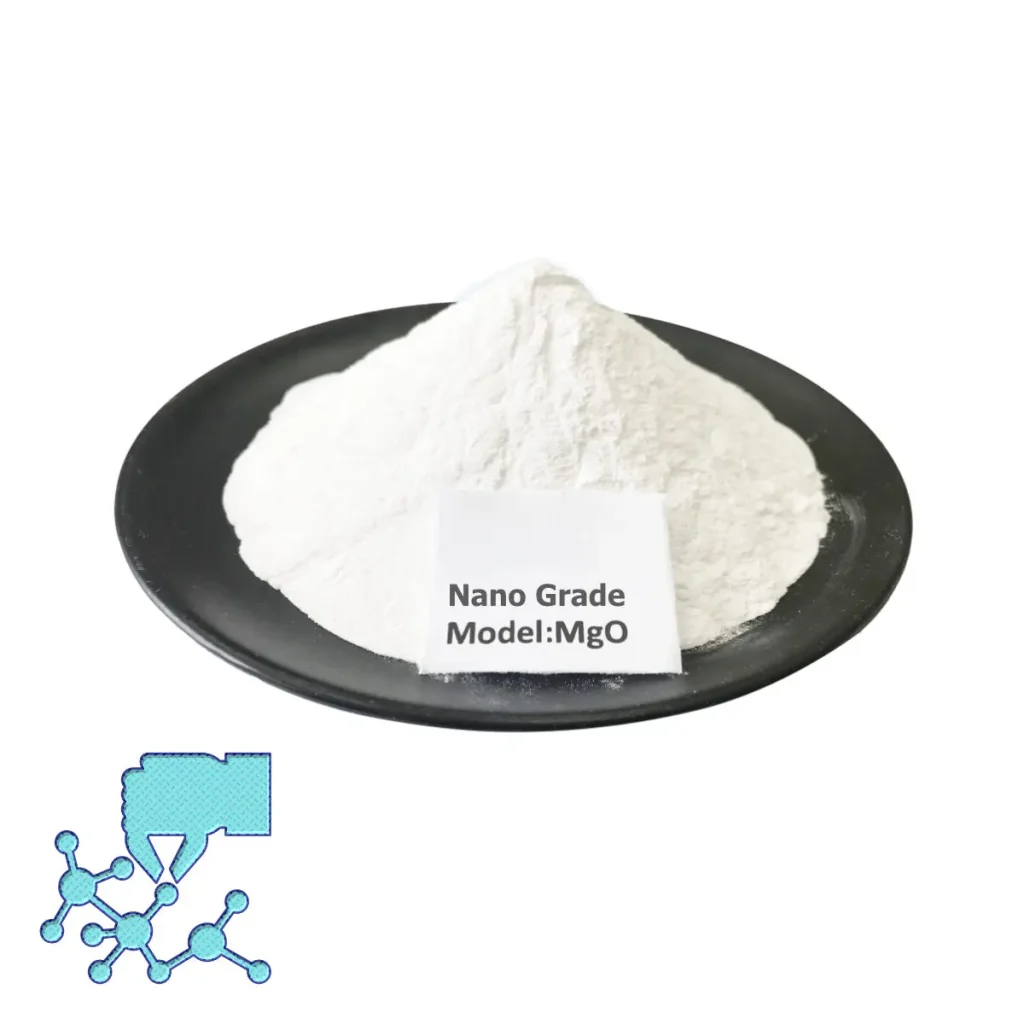Hebei Messi Biology Co., Ltd. stated that it has been preparing nano-form metal oxides through the sol-gel method for some time. This type of reaction process is based on the hydrolysis of metal salts, thereby producing the required metal hydroxides and pure salts. During the condensation of molecules, accompanied by the removal of water, a gel with a dense and porous network structure is formed. By separation of the solvent and proper drying of the gel, a powdered hydroxide is synthesized, and finally the metal oxide is obtained by burning or calcining it in a furnace.
The hydrolysis and drying process has a crucial impact on the physical and chemical properties of the product. The hydrolysis of metal alkoxides is a nucleophilic reaction with water. It can be expressed by the following equation:
M(OR)y+xH2O→M(OR)y-x(OH)+xROH
Among them, hydrolysis and condensation rates are two important parameters in the process of forming metal oxides by sol-gel technology. Because the metal has greater electronegativity, it hydrolyzes more slowly, and the slower hydrolysis rate results in a smaller particle size of the product. Solvent selection is also of great significance in the sol-gel process. For example, using ethanol as the solvent and Si(OMe)4 as the raw material, the specific surface area of the gel is 300m2/g. When methanol is used, the surface area is only 170m2/g. g.
First, sol-gel technology is used to obtain magnesium oxide by preparing the precursor magnesium hydroxide using magnesium alkoxide and water as raw materials. Due to hydrolysis, a magnesium hydroxide xerogel with high specific surface area and porosity is obtained. This product not only has high purity, but also has a mesoporous structure with uniform pore distribution.
A method for preparing a new type of honeycomb magnesium oxide. The prepared nanomembrane sample has a cubic crystal structure, the O and Mg atomic ratio is about 3:1, the specific surface area and density are 5.2m2/g and 3.16g/cm3 respectively, and the thickness of the nanomembrane is about 65nm. In view of these characteristics, they studied the process and mechanism of nanofilm formation and found that cubic crystal grains are connected by adsorption to each other. In addition, research on the antibacterial properties and high temperature resistance of nanomembranes found that in addition to having excellent antibacterial effects against Staphylococcus aureus, nanomembranes can also withstand high temperatures of nearly 2000°C, thus providing new opportunities for existing antibacterial materials and fire-resistant materials. Provide reference for material improvement.
Hebei Messi Biology Co., Ltd. stated that the sol-gel process is one of the important technologies for the synthesis of nanoparticle magnesium oxide. Although this method has a simple experimental device and can control the reaction conditions well, it also suffers from high product polymerization and Defects such as the small scale of material synthesis.

